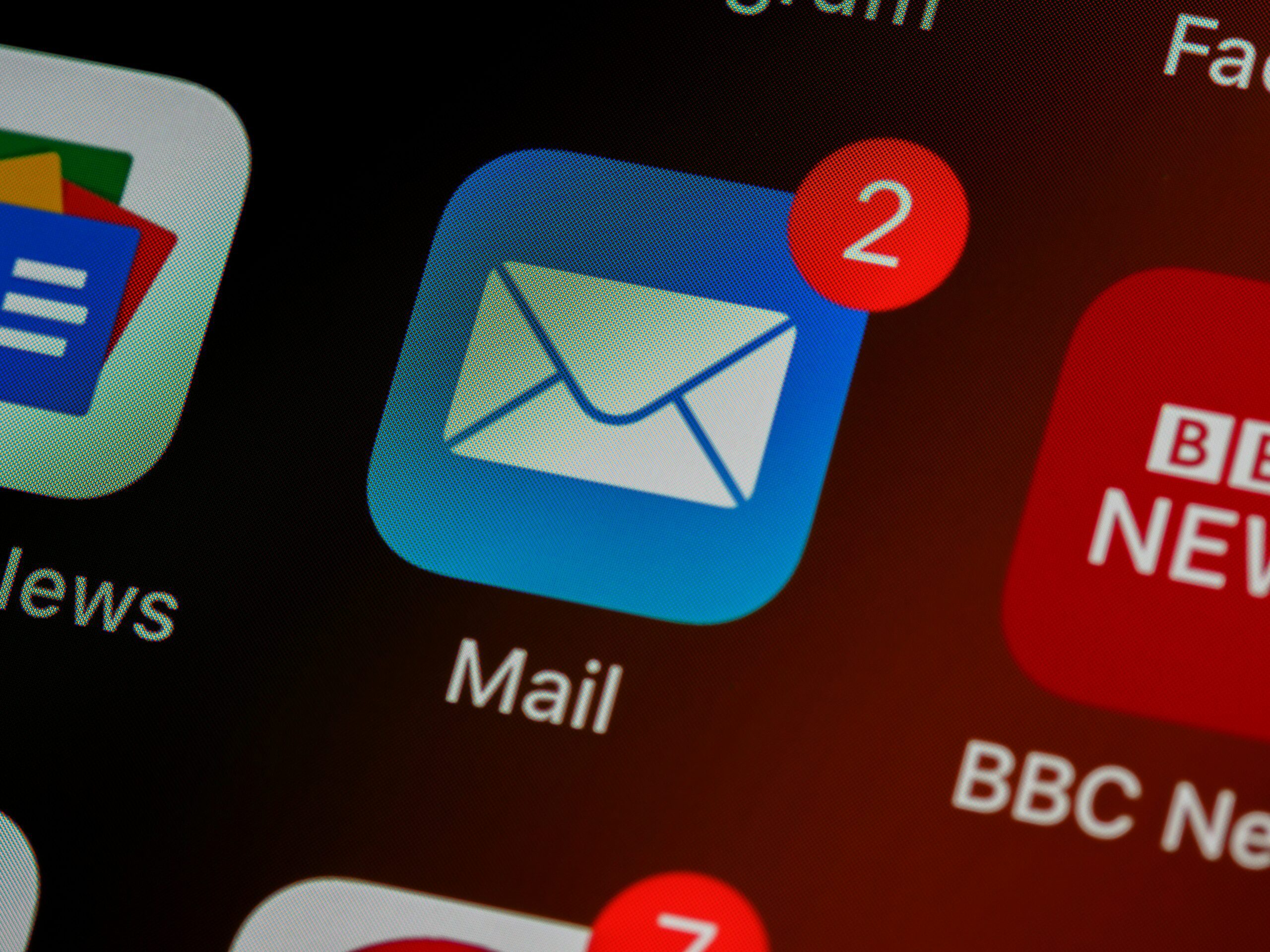Email marketing remains one of the most reliable channels to drive engagement and generate leads for startups and small business teams. By implementing strategic email campaigns that focus on personalization, testing, and automation, you can boost credibility, enhance open rates, and improve your return on investment. In this article, you’ll learn essential best practices, design techniques, list segmentation strategies, email automation workflows, deliverability tactics, and performance tracking methods to upgrade your email marketing game. This detailed perspective aims to help you create campaigns that capture attention, inspire action, and nurture lasting customer relationships.
What Are the Essential Email Marketing Best Practices for Higher Engagement?
Effective email marketing begins with a solid understanding of best practices. Quality content, personalized communication, and systematic testing are key to engaging your audience.
How Does Effective Email Campaign Creation Drive Engagement?
Creating well-structured email campaigns increases user engagement by delivering targeted and valuable content. By planning campaigns around distinct customer segments, you can tailor messages with specific calls to action, time-sensitive offers, and resource links that boost click-through rates and conversions. This method not only encourages interaction but also builds a credible brand image that acknowledges recipient interests, whether for product announcements or loyalty program updates.
Why Is Personalization Critical in Email Marketing?
Personalization transforms generic campaigns into tailored dialogues. Inserting recipient names, past purchase history, and behavior-based recommendations builds trust and encourages engagement. Emails with personalized subject lines are more likely to be opened, while dynamic content blocks and segmented offers foster customer loyalty and drive revenue. Ensuring that landing pages mirror the personalized content further reduces bounce rates and improves the overall customer journey.
How Can A/B Testing Improve Email Campaign Performance?
A/B testing optimizes email performance by comparing variations of subject lines, layouts, and calls-to-action. Testing parameters like send times and content formats helps decide which variant drives better results. For example, a concise subject line may increase open rates, while different image choices can reduce bounce rates. Integrating systematic testing into your process turns insights into strategies that improve overall campaign performance and customer retention.
How Do You Design Email Campaigns That Capture Attention and Convert?

Effective design is vital to stand out in a crowded inbox. Strategic layout, engaging copy, and mobile optimization are crucial to converting prospects into leads.
What Are the Best Practices for Email Template Design?
Use clean layouts with ample white space, clear visual hierarchy, and prominent calls to action. Mobile-responsive templates ensure proper display on all devices—a must with 70% of emails opened on mobile phones. Incorporate branded headers, high-quality images, and icons to reinforce brand identity. Simplifying visual elements and using bullet points for key benefits can decrease bounce rates and enhance user experience.
How Do You Write Compelling Email Copy That Converts?
Engaging email copy starts with a strong opening that addresses a benefit or query. Use concise language and powerful action verbs to emphasize unique value propositions such as “boost your productivity” or “gain early access.” Storytelling that addresses common pain points creates an emotional connection. Brief statistics or examples can underscore the effectiveness of your messaging. A/B testing your copy reinforces the tone and messaging that generate the highest engagement.
Why Is Mobile-Friendly Email Design Essential for Engagement?
With many users accessing emails via mobile devices, mobile-friendly design is essential. Responsive layouts improve readability and interactivity, reduce bounce rates, and boost click-through rates. Using scalable graphics and touch-friendly buttons ensures effective communication regardless of screen size, while simplified navigation and prioritized content help users quickly absorb the message.
How to Use A/B Testing for Subject Lines and Content?
Draft two versions of the subject line—one urgent and one personalized—and test them with a small audience segment. Analyze open and click-through rates to determine the best variant, then roll it out to your full list. Similarly, test variations in content tone and format to determine which resonates better with your target audience, making iterative improvements based on analytics.
How Can You Build and Segment Your Email List for Maximum Engagement?
A robust email list is critical for targeted communication. Building and segmenting your list ensures that the right messages reach the right people.
What Are Effective Strategies for Building an Email List From Scratch?
Offer valuable incentives like e-books, white papers, or webinars to encourage subscriptions. Use clear calls-to-action and simple sign-up forms on high-traffic pages, and leverage social media channels to drive traffic. Targeted Facebook ads and contests can significantly boost list growth by engaging potential leads and building trust.
How Does Email Segmentation Increase Customer Engagement?
Segmentation enables you to tailor content for different demographic and behavioral groups. Customizing emails based on purchase history, browsing behavior, or location improves open and click-through rates while fostering deeper connections. Segmented campaigns can lead to significantly higher revenue by ensuring every email feels personal, timely, and relevant.
What Are the Key Segmentation Techniques to Use?
Combine demographic, behavioral, geographic, and psychographic segmentation to create detailed profiles of your subscribers. Younger audiences might respond better to mobile-optimized, interactive content, while older groups may prefer straightforward, detailed product information. This multidimensional approach allows for highly customized offers that align with each subscriber’s preferences.
How Do You Maintain Email List Hygiene and Compliance?
Regularly clean your email list by removing inactive or bounced addresses to prevent spam complaints and maintain a good sender reputation. Use double opt-in processes to ensure genuine interest and comply with regulations such as CAN-SPAM and GDPR. Regular audits, clear privacy policies, and easy unsubscribe options protect personal data and build trust, all of which contribute to improved deliverability.
What Are the Best Email Automation Workflows to Enhance Engagement?

Automation streamlines lead nurturing and ensures continuous engagement without overwhelming your resources.
How Do You Set Up Automated Email Workflows?
Map out the customer journey and identify key actions—such as newsletter sign-ups, purchases, or cart abandonments—to trigger automated email sequences. Use email marketing software like Klaviyo or Constant Contact, which offer drag-and-drop interfaces and pre-built templates, to create consistent, personalized follow-ups that guide leads toward conversion.
What Are Drip Campaigns and How Do They Work?
Drip campaigns send predetermined messages at scheduled intervals to nurture leads gradually. After a subscriber signs up, a series of educational emails can be dispatched to address questions and overcome objections, moving the prospect closer to a purchase. Consistent drip messaging enhances brand recall and conversion rates by keeping the audience engaged over time.
How Can Triggered Emails Improve Customer Interaction?
Triggered emails respond to specific user actions, such as recent purchases or cart abandonment, ensuring timely and relevant communication. These emails, which can include personalized product suggestions or limited-time discounts, often result in higher open and conversion rates because they address the customer’s immediate needs.
How Does Personalization in Automation Boost Results?
Personalizing automated emails by incorporating customer-specific data—like names, recent purchases, or browsing history—significantly improves engagement. Personalized messages not only enhance the user experience but also build lasting trust, resulting in higher open and click-through rates and better overall performance.
How Do You Improve Email Deliverability and Avoid Spam Filters?
Ensuring your emails reach the intended audience is critical. Optimizing deliverability and avoiding spam filters are key to campaign success.
What Are Proven Techniques to Enhance Email Deliverability?
Authenticate your emails with protocols like SPF, DKIM, and DKIM to build trust with email service providers. Consistently send high-quality, engaging content and regularly clean your email list to maintain your sender reputation. Following these best practices helps ensure your emails land in the primary inbox.
How Can You Avoid Spam Filters Effectively?
Avoid spam trigger words and maintain a balanced text-to-image ratio. Use clean email designs that include visible unsubscribe links to meet compliance requirements. Regularly test your emails using spam filter simulators and monitor bounce and complaint rates to fine-tune your approach, reducing the likelihood of emails being flagged as spam.
What Are the Key Compliance Regulations Like CAN-SPAM and GDPR?
Compliance with regulations like CAN-SPAM and GDPR is essential to maintain trust and avoid fines. These laws require clear opt-out options, accurate subject lines, and valid physical addresses in your emails. Regular compliance audits and adherence to privacy policies help protect customer data and enhance brand credibility.
How Does Compliance Impact Email Engagement and Trust?
When emails follow regulatory guidelines, recipients are more likely to view the sender as trustworthy. Proper compliance improves deliverability and reduces unsubscribes, leading to better engagement over time. A transparent and compliant email approach not only fosters trust but also supports long-term customer relationships.
How Do You Track and Optimize Email Campaign Performance for Better ROI?

Continuous tracking and optimization of email campaigns are essential for maximizing ROI. Regularly analyzing performance helps refine strategies and improve results.
What Metrics Should You Track to Measure Email Success?
Key metrics include open rate, click-through rate (CTR), conversion rate, bounce rate, and unsubscribe rate. These measurements indicate how compelling your subject lines are, how engaging your content is, and the overall effectiveness of your calls to action. Monitoring these metrics allows you to adjust campaigns in real time.
How Do You Analyze Open and Click-Through Rates Effectively?
Compare these metrics over time and segment your campaigns by customer groups to identify which content resonates best. Use A/B testing results and detailed analytics from your email marketing platform to identify trends, allowing for data-driven refinements that enhance performance.
What Are Best Practices for Optimizing Campaigns Based on Data?
Establish a baseline with historical data and set measurable goals for each campaign. Use segmentation and personalization to test different elements—such as subject lines and design layouts—and compare each iteration against key performance indicators. This methodical approach turns raw data into actionable insights, improving customer engagement and revenue.
How Can A/B Testing Be Used to Continuously Improve Results?
Regular A/B testing facilitates experimentation with design, content, and call-to-action placements. Analyze each test’s results to determine which elements drive higher engagement and apply these insights to future campaigns. This ongoing cycle of testing and refinement ensures your email strategy remains dynamic and effective.
The Latest Trends and Tools in Email Marketing: How to Stay Ahead in 2025
Email marketing continues to be one of the highest-ROI channels in digital marketing—but only if it evolves with the times. As inboxes get smarter and user expectations increase, staying ahead means embracing new tools, tactics, and trends.
AI-Powered Personalization Is Reshaping Engagement
Gone are the days of generic blast emails. Artificial intelligence now enables brands to send emails that feel like one-on-one conversations. By analyzing user behavior, purchase history, and engagement patterns, AI determines:
- The best send times
- Relevant content blocks per user
- Predictive product recommendations
This level of personalization leads to higher open and conversion rates—and builds real customer loyalty.
CRM and Social Integrations Enable Smarter Campaigns
Your email platform shouldn’t operate in a silo. Integrating with your CRM (like HubSpot or Salesforce) and social media channels creates a unified view of your audience. This allows for:
- Better segmentation based on customer journey stage
- Consistent messaging across channels
- Real-time triggers from user actions on other platforms
The result? A seamless experience for your subscribers—and better results for your business.
Interactive Content Drives Higher Engagement
Static emails are being replaced with interactive, dynamic content. Quizzes, surveys, sliders, countdown timers, and product carousels increase engagement and time spent inside your message. More importantly, they help gather feedback and preferences directly from the user—fueling better segmentation and offers down the line.
What Successful Campaigns Are Doing Differently
High-performing campaigns in 2025 share a few key traits:
- Personalized storytelling at scale
- Automated drip sequences tied to behaviors
- Real-time email triggers (abandoned carts, page views, event reminders)
- A/B testing at every stage—from subject line to CTA
These campaigns don’t just land in the inbox—they convert.
Frequently Asked Questions
Q: How do I build a quality email list?
Start with value: offer a downloadable guide, discount code, or exclusive access in exchange for sign-ups. Use embedded forms on your website and promote them via social media. Always use double opt-in to ensure compliance and clean data.
Q: What KPIs should I focus on?
Track:
- Open Rate
- Click-Through Rate (CTR)
- Conversion Rate
- Bounce Rate
- Unsubscribe Rate
Use these to fine-tune your content, segmentation, and sending cadence.
Q: How often should I send emails?
Weekly is a good starting point—but let your engagement data guide you. Some segments may respond better to bi-weekly or monthly cadences.
Q: What tools are best for automation?
Top tools in 2025 include Klaviyo, Mailchimp, Constant Contact, and HubSpot. Each offers robust features for automation, segmentation, and performance tracking.
Q: How do I improve email deliverability?
- Authenticate with SPF, DKIM, and DMARC
- Remove inactive or invalid emails regularly
- Avoid spammy language and formatting
- Send consistently and build sender reputation
Q: What’s the benefit of personalization?
Personalized emails outperform generic ones in every key metric. They improve relevance, trust, and conversion—often doubling engagement.
Q: How do I stay compliant with GDPR and CAN-SPAM?
Include clear opt-ins, easy unsubscribe links, and transparent privacy policies. Keep your list clean and honor user preferences.
Industry Email Marketing Benchmarks
| Metric | Definition | Industry Avg. | Best Practice |
|---|---|---|---|
| Open Rate | % of recipients who open | 20–25% | 25–30%+ |
| Click-Through Rate | % who click links | 2–4% | 4–6%+ |
| Conversion Rate | % who complete your CTA | 1–3% | 3–5%+ |
| Bounce Rate | % of emails that failed to deliver | <2% | <1% |
| Unsubscribe Rate | % who opt out | 0.1–0.5% | <0.2% |
Use these benchmarks to evaluate your campaign health and spot areas for improvement.
Final Takeaway: Email Marketing Isn’t Dying — It’s Evolving
To win in 2025, you need more than a list—you need a strategy.
At Local Business Consulting, we help brands craft email marketing systems that are intelligent, compliant, and designed to grow with your business. From automated workflows and CRM integration to performance tracking and mobile-optimized design, we take the guesswork out of execution.
Book a free consultation today and let’s build email campaigns that don’t just get opened — they get results.









